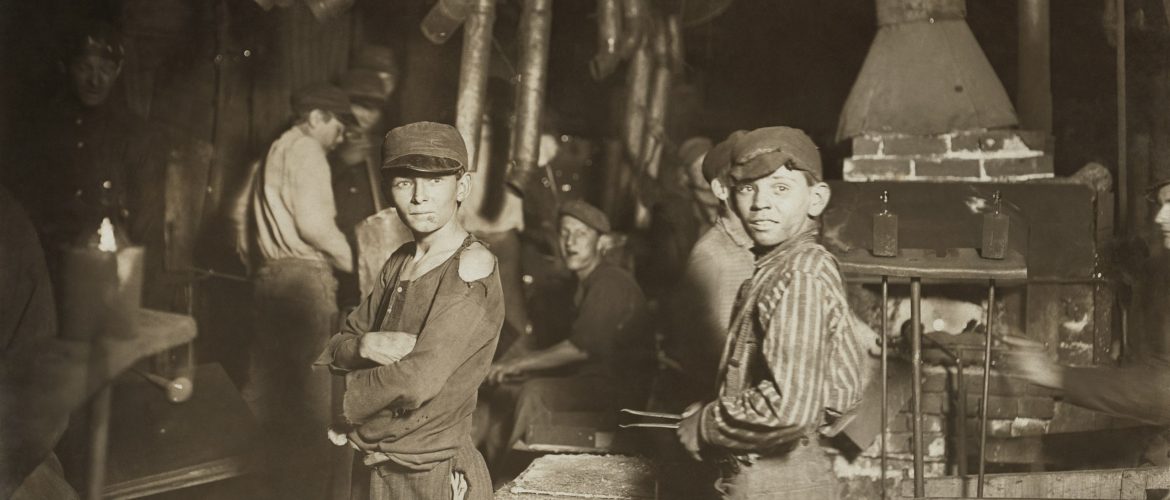Research-Based Art: Where Creativity and Academia Co-Exist

Most of us are used to seeing the artistic process as a mysterious act. That special moment of inspiration is highly mythologized by artists and their fans. An artist is viewed as someone almost possessed by an uncontrollable force that pushes them to create. However, the modern artistic landscape has seen an increase in an entirely different approach. Today, let’s talk about research-based art, a method residing in the merging point of creative self-expression and academism.
Research-Based Art: Where Creativity and Academia Co-Exist
It all started around the 1990s when Western universities, mainly in Europe and Canada, started creating doctoral research programs in fine art. While the idea of art as something that could be analyzed and created using academic tools was not entirely new, it gained its newfound strength after being formalized.
Research-based art stems from several artistic movements specifically aimed to record and comment on the surrounding reality. Among the precursors of this approach were artists and researchers, including Lewis Hine, a photographer who documented the lives of the American working class at the beginning of the 20th century (featured image), and Hans Haacke, a social critic and artist, who sought to reveal the dark underbelly of institutional power. It is interesting that the ideas central to this approach share a lot of similarities with conceptual art.
One of the key features of research-based artworks is that they are typically information-heavy. Of course, there is a huge difference between reading an academic article and interacting with a work of art, even if it is research-based. What sets apart artistic research from an academic one is the former not being bound by scholastic conventions. While the goal of an academic paper or essay is to find direct answers and present objective truths, artistic research does not have to adhere to those expectations.
What constitutes a research-based approach to art is hard to define. Some artists use the term to describe the study they conducted before creating a work of art and the findings that inspired them, only presenting the finished product to the public eye. Others showcase the very process of research in all its complexity, baring the inside of their mind to the world. In addition, research-based art comes in various mediums, from large-scale installations to mixed-media paintings.
While academic research is typically associated with rigid structures and rules, it is creative by definition. By finding links, revealing facts, and posing hypotheses, a researcher engages in the process of creation. While their objectives are different, artists and researchers have curiosity and perceptiveness about the world in common.
